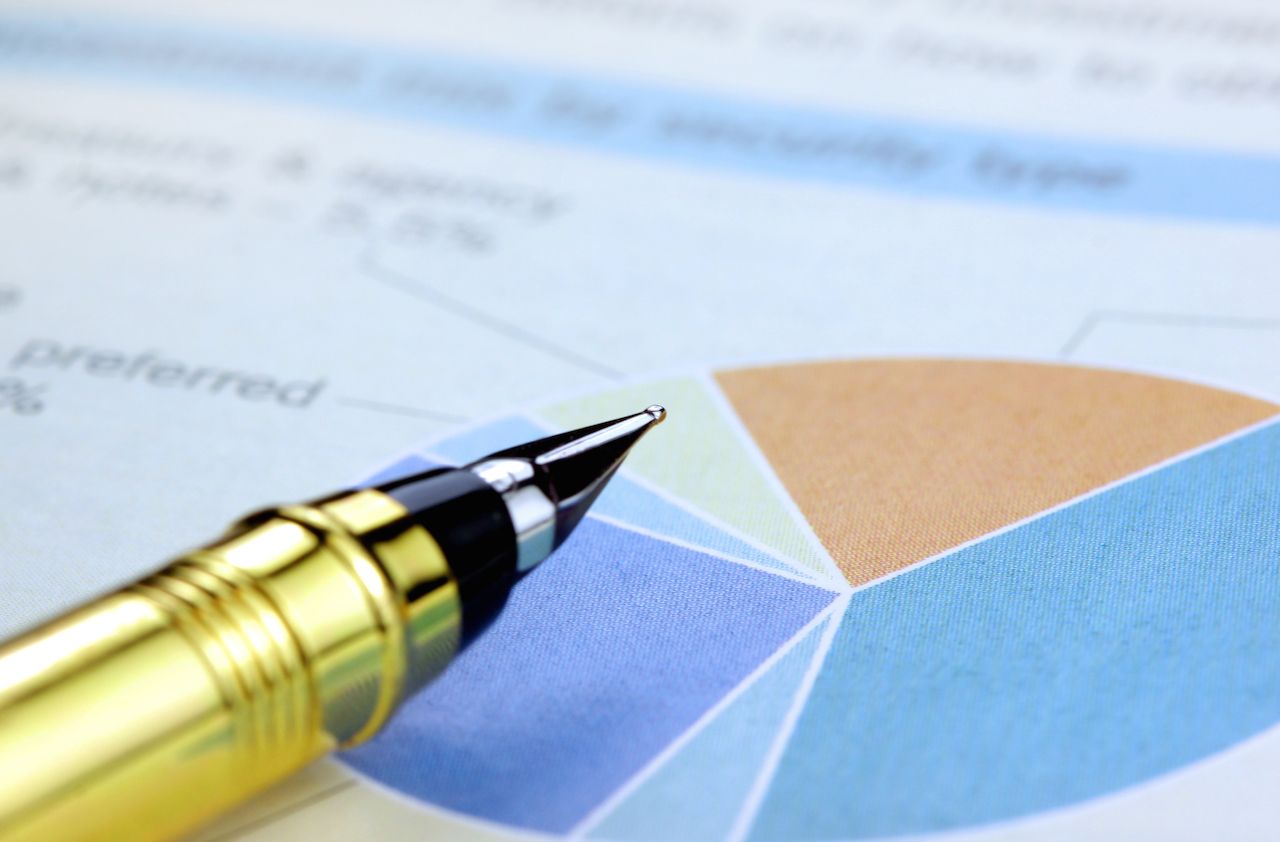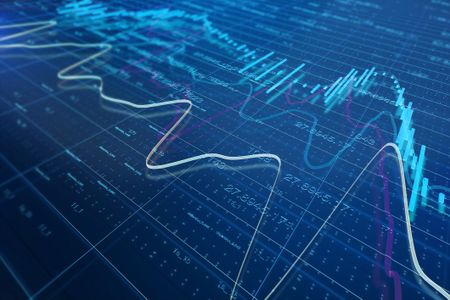The Right Investment Mix
Find out how you should allocate your assets.

Clearly, the more your investments make, the longer your money will last (or the more you can spend each year). And that brings us back to the stock market. You know that history shows that the stock market is the best place to be for the long haul.
Don't suddenly forget that lesson in retirement. The companies in the S&P 500 have posted an annualized return of 11% over the past seven decades, about double the return on five-year government bonds and about three times as much as one-year Treasury bills.
Throughout retirement, says financial planner Deena Katz, "you should have a minimum of 50% in stocks -- but 60% to 75% is better, especially early on."

Sign up for Kiplinger’s Free E-Newsletters
Profit and prosper with the best of expert advice on investing, taxes, retirement, personal finance and more - straight to your e-mail.
Profit and prosper with the best of expert advice - straight to your e-mail.
Exhaustive research by William Bengen, a financial planner in El Cajon, Cal., suggests that retirees should have between 50% and 75% of their retirement money in a diversified portfolio of large-company stocks or mutual funds. Based on market behavior over the past 70 years, that mix produced the best overall returns. Anyone holding less than 50% or more than 75% in stocks is being "controlled either by fear or greed," he says.
Once you begin tapping the nest egg, Bengen says, you can decrease your initial stock-allocation percentage by one percentage point per year without seriously affecting your ability to withdraw funds over 30 years. If you had 75% in stocks at age 65, then by age 80 you'd be down to 60% in stocks.
Bengen's formula means that the percentage of a portfolio that a conservative retiree should have invested in stocks is 115 minus his or her age. That would mean 50% if you were age 65, for example, falling to 35% 15 years later, when you hit 80. For an aggressive investor, the percentage should be 140 minus age -- or 75% at age 65 and 60% at 80.
Based on historical market performance, Bengen's research shows that a 65-year-old invested 50% in stocks can withdraw between 4% and 5% of a tax-deferred portfolio (slightly less for a taxable portfolio) in the first year of retirement (and the same amount increased by inflation in each of the succeeding 30 years) and not run out of money even during market downturns. This means that if you have a $700,000 portfolio, at 4% you can withdraw $28,000 in the first year. Applying a 3% inflation rate, in year two you could take out $28,840, in year three $29,705, and so on throughout the 30 years.
When setting your own allocation, keep in mind that at least part of your money at 65 will be invested for ten years or more. That makes you a long-term investor.
But what if having 50% or more of your portfolio in stocks still gives you the jitters? Then just say no. Any allocation has to take your risk tolerance into account. You can invest more conservatively -- but you may be cutting short the life of your assets.

How Much Do You Need?
Which Money to Spend First?

Get Kiplinger Today newsletter — free
Profit and prosper with the best of Kiplinger's advice on investing, taxes, retirement, personal finance and much more. Delivered daily. Enter your email in the box and click Sign Me Up.
-
 What Would $1.46M In Savings Do For Your Retirement Lifestyle? How about $3.93M?
What Would $1.46M In Savings Do For Your Retirement Lifestyle? How about $3.93M?Americans think $1.46 million is the ideal amount of money to have saved for retirement, according to a survey. What would that amount of money mean for your lifestyle in retirement?
By Maurie Backman Published
-
 Revocable Living Trusts: The Good, the Bad and the Ugly
Revocable Living Trusts: The Good, the Bad and the UglyPeople are conditioned to believe they should avoid probate at all costs, but when compared with living trusts, probate could be a smart choice for some folks.
By Charles A. Borek, JD, MBA, CPA Published
-
 Stock Market Today: Auto Tariffs Send Stocks Lower
Stock Market Today: Auto Tariffs Send Stocks LowerThe main indexes snapped their win streaks after the White House confirmed President Trump will talk about auto tariffs after the close.
By Karee Venema Published
-
 Stock Market Today: Stocks Seesaw After Big Market Rally
Stock Market Today: Stocks Seesaw After Big Market RallyThe latest consumer confidence data showed sentiment remains low.
By Karee Venema Published
-
 Stock Market Today: Markets Celebrate Trump's Tariff Détente
Stock Market Today: Markets Celebrate Trump's Tariff DétenteConsumer discretionary stocks led 10 of the 11 S&P 500 sector groups well into the green.
By David Dittman Published
-
 What DOGE is Doing Now
What DOGE is Doing NowThe Kiplinger Letter As Musk's DOGE pursues its ambitious agenda, uncertainty and legal challenges are mounting — causing frustration for Trump.
By Matthew Housiaux Published
-
 Stock Market Today: Stocks Swing Higher After Early Slump
Stock Market Today: Stocks Swing Higher After Early SlumpNegative earnings reactions for Nike, FedEx and Micron kept pressure on the main indexes, though.
By Karee Venema Published
-
 Stock Market Today: Stocks Struggle After Big Fed Gains
Stock Market Today: Stocks Struggle After Big Fed GainsAn unexpected rise in existing home sales couldn't save stocks on Thursday.
By Karee Venema Published
-
 Stock Market Today: Stocks Enjoy a Fed Day Relief Rally
Stock Market Today: Stocks Enjoy a Fed Day Relief RallyThe question now is whether Jerome Powell and other policymakers can get the balance right given all the new noise.
By David Dittman Published
-
 Stock Market Today: Stocks Skid Into Another Risk-Off Turn
Stock Market Today: Stocks Skid Into Another Risk-Off TurnThe promise of the AI revolution can't overcome flickering hopes for a "Fed put."
By David Dittman Published